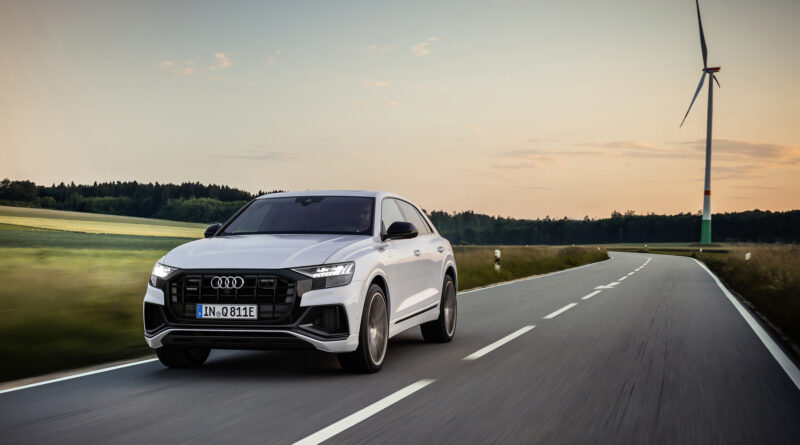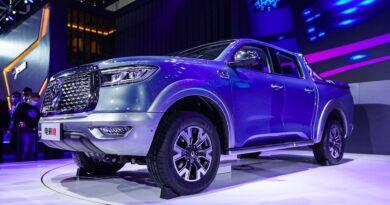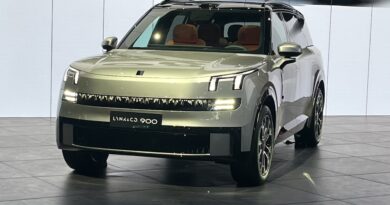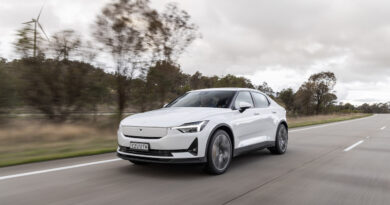Plug-in 2024 Audi Q8 to arrive later this year
Audi Australia has announced the plug-in hybrid (PHEV) version of its 2024 Q8 SUV arrives in the fourth quarter of 2023, priced from $148,375 before on-roads.
Available in a single model grade, the Q8 60 TFSI e will be the latest PHEV to boost the luxury brand’s electrified portfolio.
Its Q5 55 TFSI e plug-in arrived in Australian showrooms earlier this month.
The PHEV slots into the sleek-reared Q8 range between the $135,100 petrol-powered 55 TFSI and $168,800 performance-orientated SQ8 TFSI.
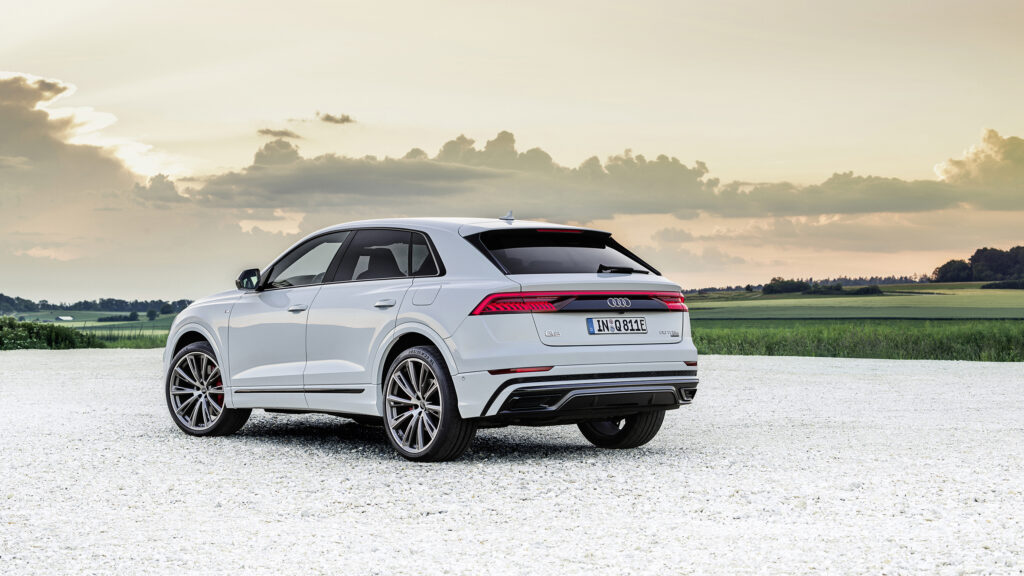
It near price-matches Audi’s full electric e-tron 55 quattro wagon-back large SUV ($147,400), giving buyers in this price range plenty of electrification options.
Natural plug-in rivals include the Range Rover Velar PHEV (from $132,800), BMW X5 50e ($149,990), Porsche Cayenne E-Hybrid Coupe ($161,600) and Volvo XC90 Recharge Ultimate PHEV ($125,990).
What are the Q8 PHEV’s specifications?
The Q8 plug-in combines Audi’s 250kW/450Nm 3.0-litre turbocharged V6 petrol engine with a 100kW/400Nm electric motor. Together they offer a muscular 340kW and 700Nm, launching the 2430kg behemoth to 100km/h in an impressive 5.4-seconds.
The rear-mount battery’s a 17.9kWh unit (14.4kWh usable) with a claimed full electric range of up to 54km (WLTP).
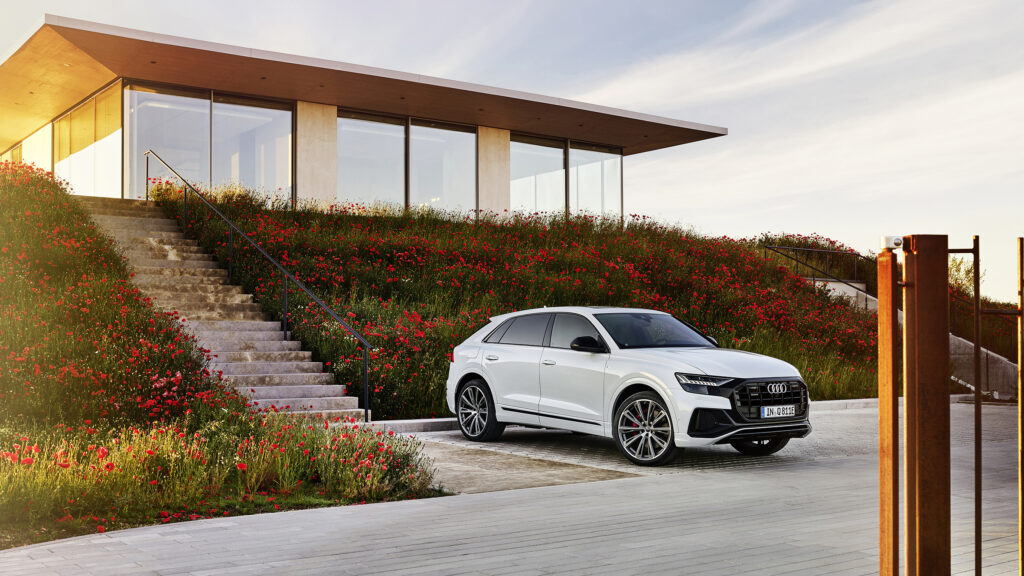
Charging is AC only up to 7.2kW, Audi claiming a full charge happens in approximately 2.5 hours using a 7.2kW home wall box charger.
PHEV fuel consumption figures are misleading as it overwhelmingly depends on how the vehicle’s used and how much the petrol engine’s involved. Audi’s reported figures are 2.6L/100km, while energy consumption (NEDC) is 21.0kWh/100km.
What are the Q8’s PHEV’s features?
The Q8 is Audi’s flagship SUV, so as expected, inclusions are generous.
The brand’s sporty S line exterior styling (bumpers, trim, etc.) is standard, as are exclusive 21-inch alloys, red brake callipers, panoramic sunroof and HD Matrix LED headlights.
Inside is Valcona leather upholstery, heated front sports seats, heated steering wheel, tri-zone climate control, a dash loaded with three screens, ambient lighting, head-up display, wireless Apple CarPlay/Android Auto and a Bang & Olufsen 3D sound system.
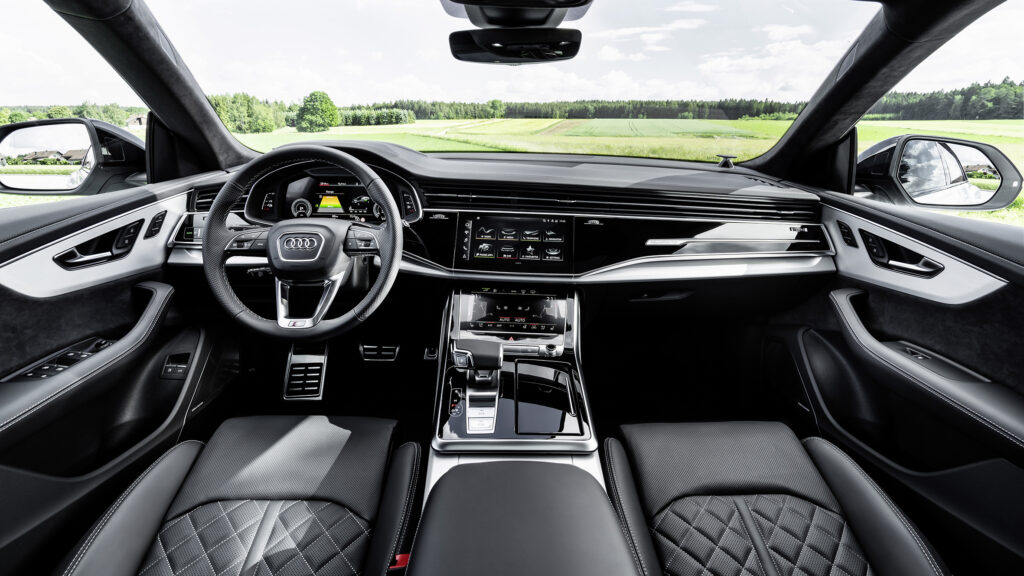
Driver assistance includes adaptive cruise control with traffic jam assist, 360-degree camera, park assist and intersection assist.
What took you so long?
Audi Australia’s plug-in hybrid story has been somewhat stop-start.
In 2015 there was the A3 e-tron PHEV with an electric range around 30km. Priced from $62,490 it was $24,000 more than an equivalent combustion A3, but at least undercut BMW’s i3 REx rival.
In 2018 the Q7 e-tron PHEV with V6 turbodiesel landed (after many delays), offering 56km battery-only range.
It was priced from $139,000 – a chunky $33,000 leap over a normal Q7 diesel – and its electric gubbins meant it offered only five and not the usual seven seats. They didn’t fly off the shelves.
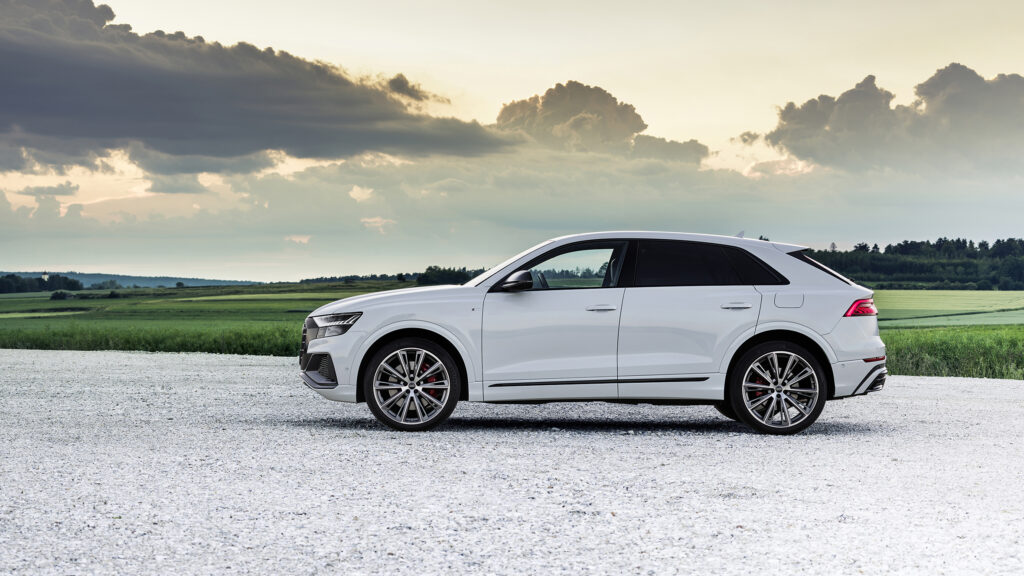
The Q8 plug-in has been on sale in right-hand-drive UK for almost two years, suggesting it’s hardly been prioritised for sale on our shores. Their market has two variants: this 60 TFSI e and a less powerful entry-level 55 TFSI e.
Audi Australia has been more proactive getting its full electric vehicles to market.
The Q8 will soon be available in electric-only e-tron wagon and Sportback e-tron guises; there’s the current e-tron S and e-tron S Sportback SUVs, plus the rapid e-tron GT and RS e-tron GT performance offerings.
Audi has said it will launch no new combustion engined models after 2026 and plans to phase out ICE engines by 2033.

